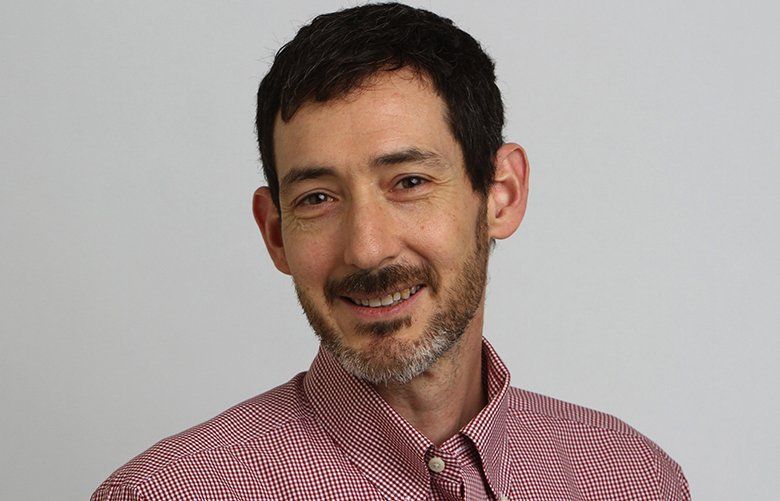Seattle has a long-standing reputation as a place where people are polite, but not exactly friendly. For whatever reason — our long, gloomy winters may play a role — Seattle seems to have a high concentration of introverts who’d rather nest than hang out with friends.
And of course, there’s our infamous “Seattle Freeze.” According to this widely held belief, folks here are simply not interested in making friends, or following through on plans to get together.
But is Seattle’s anti-social reputation real?
Some new survey data suggests there may be a kernel of truth to it, but perhaps not much more than that.
According to the survey, a sizable 42% of adults in the Seattle area get together with friends or relatives less than once per week. That pencils out to about 1.3 million people out of the total 3.1 million population aged 18 and older in our metro area, which includes King, Pierce and Snohomish counties.
The data comes from the ongoing Household Pulse Survey, a product of the U.S. Census Bureau. The question on how often people socialize with friends and relatives is a new addition to the survey, which was conducted from Jan. 9 to Feb. 5, and had about 68,500 respondents nationwide.
The survey includes data for the nation’s 15 largest metro areas. And among those 15, Seattle was almost the least sociable. We were edged out for the top spot by Southern California’s Riverside-San Bernardino area, also known as the Inland Empire, where 42.5% said they socialize less than once a week. Washington, D.C. was third, at 41%.
So while the data shows the Seattle area does have an above-average share of people who don’t socialize on a weekly basis, we also have some company.
One interesting comparison is between Seattle and San Francisco. The two metros have a lot of demographic similarities, but they differ when it comes to the sociability of their populations. San Francisco had the smallest share of residents — 32% — who socialize less than once a week.
Seattle and San Francisco were also at opposite ends of the spectrum for the percentage of highly sociable residents, those who see friends or relatives three or more times a week. Among the 15 metros, Seattle had the lowest percentage, around 14%. San Francisco had the highest at 22%.
The survey data shows a significant difference in frequency of socializing by age group. Adults in midlife — when many people are busy with career and kids — socialize less often than younger and older adults. Also, people with lower household incomes tend to socialize less frequently than those with higher incomes.
There is very little difference between men and women in the frequency of getting together with friends or relatives.
The U.S. Census Bureau produces the Household Pulse Survey in conjunction with other federal agencies. Unlike other census products, which have a long lag time, the Household Pulse Survey provides near-real-time data.
The program was initiated in 2020 in response to the pandemic. It was intended to help inform officials and policymakers about the impacts of the pandemic on communities across the country, and to provide data to aid in a post-pandemic recovery.
The new survey question on frequency of seeing friends or relatives is part of a series of mental health questions around social connectedness and emotional support.

The opinions expressed in reader comments are those of the author only and do not reflect the opinions of The Seattle Times.